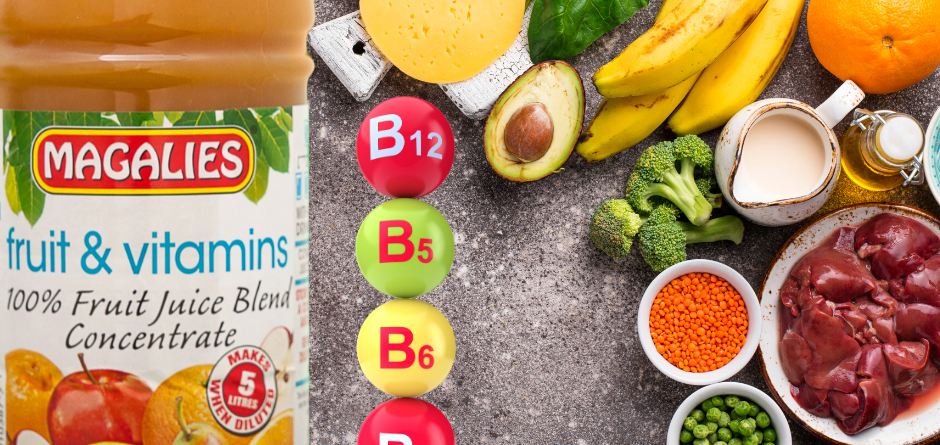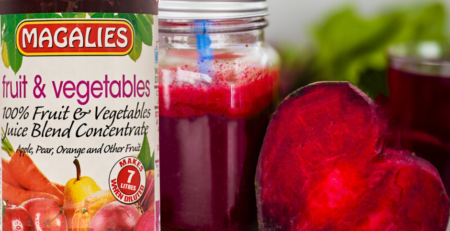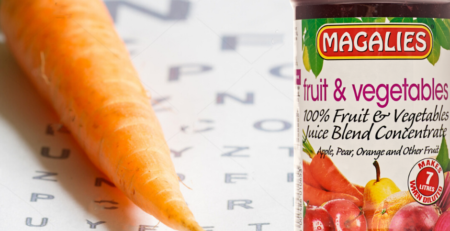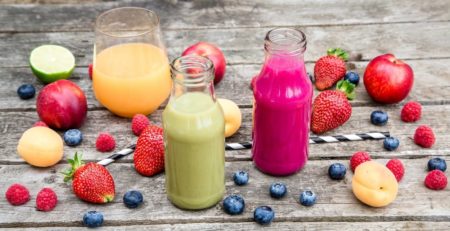Benefits of Water-soluble Vitamins
Water-soluble vitamins are those vitamins that cannot be stored, instead, they travel through your bloodstream. Whatever your body doesn’t use comes out when you urinate. So, these kinds of vitamins need to be replaced often because they cannot accumulate in your body! These vitamins include vitamin C and the big group of B vitamins — B1 (thiamin), B2 (riboflavin), B3 (niacin), B6 (pyridoxine), B9 (folic acid), B12 (cobalamine), B7 (biotin), and B5 (pantothenic acid)…
There are 13 known vitamins. Today we focus on the big group of B VITAMINS:
- Thiamine (Vitamin B1) is involved in many essential chemical reactions. For instance, it helps convert nutrients into energy and supports sugar formation. Like the other B vitamins, thiamine serves as a coenzyme in the body. This applies to all its active forms, but thiamine pyrophosphate is the most important one. Coenzymes are small compounds that help enzymes trigger chemical reactions that otherwise wouldn’t happen on their own.
- Riboflavin (Vitamin B2) is the only water-soluble vitamin used as a food colouring. In fact, it is named for its colour — the Latin word flavus means “yellow.”
- Niacin (Vitamin B3) is the only B vitamin your body can produce from another nutrient — the amino acid tryptophan. Like the other B vitamins, it functions as a coenzyme in the body, playing an essential role in cellular function and acting as an antioxidant. One of its most important roles is to drive a metabolic process known as glycolysis, the extraction of energy from glucose (sugar).
- Pantothenic acid (B5) is found in virtually all food. Appropriately, its name is derived from the Greek word pantothen, which means “from every side.” It is required for the formation of coenzyme A, which is necessary for the synthesis of fatty acids, amino acids, steroid hormones, neurotransmitters and various other important compounds.
- Vitamin B6 is a group of nutrients that are required for the synthesis of pyridoxal phosphate, a coenzyme involved in more than 100 different metabolic processes. It is involved in red blood cell formation as well as energy and amino acid metabolism. It is also required for the release of glucose (sugar) from glycogen, the molecule the body uses to store carbs. Vitamin B6 also supports the formation of white blood cells and helps the body synthesize several neurotransmitters. Large doses of pyridoxine have been used to treat carpal tunnel syndrome and premenstrual syndrome
- People often take biotin (Vitamin B7) supplements to nourish their hair, nails and skin, although strong evidence for these benefits is lacking. In fact, it was historically called vitamin H after the German word haut, meaning “skin”. Limited evidence supports the use of biotin supplements among people who already get adequate amounts from their diets. However, a few studies suggest they may improve the symptoms of MS and strengthen brittle nails.
- Folate (Vitamin B9) was first discovered in yeast, but later isolated from spinach leaves. For this reason, it was given the names folic acid or folate, words derived from the Latin word folium, meaning “leaf.” It is very important during periods of rapid cell division and growth, such as in infancy and pregnancy. Additionally, it is required for the formation of red and white blood cells, so deficiency may lead to anaemia.
- Vitamin B12 is the only vitamin that contains a metallic element, namely cobalt. For this reason, it is often referred to as cobalamin. Adequate intake helps maintain brain function and development, neurological function, and the production of red blood cells. It is also required for converting protein and fat into energy and is essential for cell division and DNA synthesis.












